The Carolina Reaper is currently the world's hottest pepper, with a Scoville Heat Unit (SHU) range of 1.4 million to 2.2 million. Officially recognized by Guinness World Records in 2013, it remains the hottest as of 2025.
Table of Contents
Understanding the Scoville Scale
The Scoville scale, developed by pharmacist Wilbur Scoville in 1912, measures the heat level of chili peppers. It's based on the concentration of capsaicin, the compound responsible for the fiery sensation. The higher the Scoville Heat Unit (SHU), the hotter the pepper.
Here's a quick breakdown of some common SHU ranges:
| Pepper | Scoville Units |
|---|---|
| Jalapeño | 2,500 - 8,000 |
| Serrano | 10,000 - 25,000 |
| Habanero | 100,000 - 350,000 |
| Ghost Pepper | 800,000 - 1,041,450 |
| Carolina Reaper | 1,400,000 - 2,200,000 |
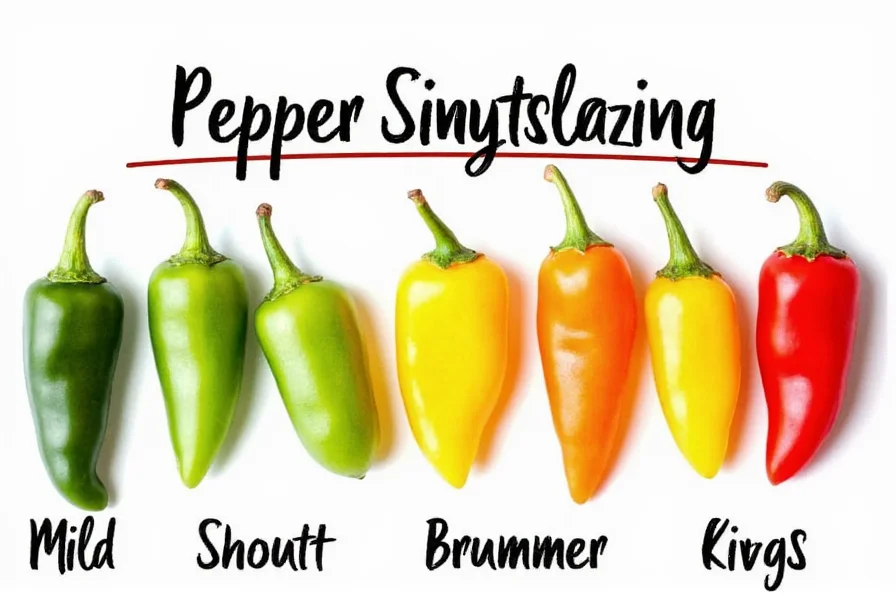
The Top Hot Peppers in the World
Now that you understand how heat is measured, let's dive into the most popular hot peppers and compare them. Here's a list of the hottest peppers in the world, along with their unique characteristics:
- Carolina Reaper – Currently the hottest pepper in the world, it has a sweet and fruity flavor with an intense kick.
- Ghost Pepper (Bhut Jolokia) – Known for its extremely high heat, this pepper was once the official record holder.
- Dorset Naga – Another super-hot variety with a smoky flavor and a slow-building heat.
- 7 Pot Douglah – Extremely hot with a citrusy note, often used in Caribbean cuisine.
- Trinidad Scorpion – Known for its intense heat and long, twisted shape.
Spice Tips for Every Kitchen
Whether you're a seasoned chef or just starting out, here are some practical tips to manage spice levels in your cooking:
- Start Small – If you're unsure about a pepper, use a small amount and add more as needed.
- Remove Seeds and Membranes – These parts contain the highest concentration of capsaicin, so removing them can reduce heat.
- Pair with Cool Ingredients – Dairy products like yogurt or milk can neutralize the heat from spicy foods.
- Use Gloves – Always wear gloves when handling hot peppers to avoid skin irritation.
- Know Your Limits – Not everyone enjoys extreme heat, so respect your own and others' preferences.
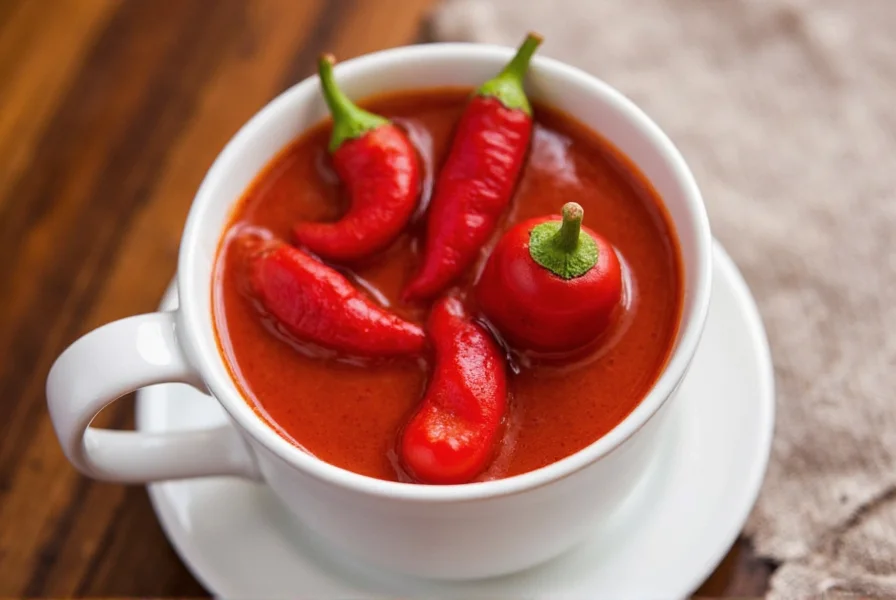
Buying Guide: Find the Perfect Pepper for You
If you're ready to explore the world of hot peppers, here are some top picks based on different needs and occasions:
Best for Beginners
- Jalapeño – A mild but versatile pepper perfect for salsas, tacos, and stuffed peppers.
- Serrano – Slightly hotter than jalapeños, great for making hot sauces and pickling.
Best for Spicy Lovers
- Habanero – Ideal for those who enjoy a strong kick with a sweet and fruity undertone.
- Ghost Pepper – For the brave-hearted, this pepper delivers an intense heat that lingers.
Best for Culinary Challenges
- Carolina Reaper – The ultimate challenge for spice enthusiasts, known for its extreme heat and unique flavor.
- 7 Pot Douglah – A favorite among competitive eaters and spice lovers looking for a real thrill.
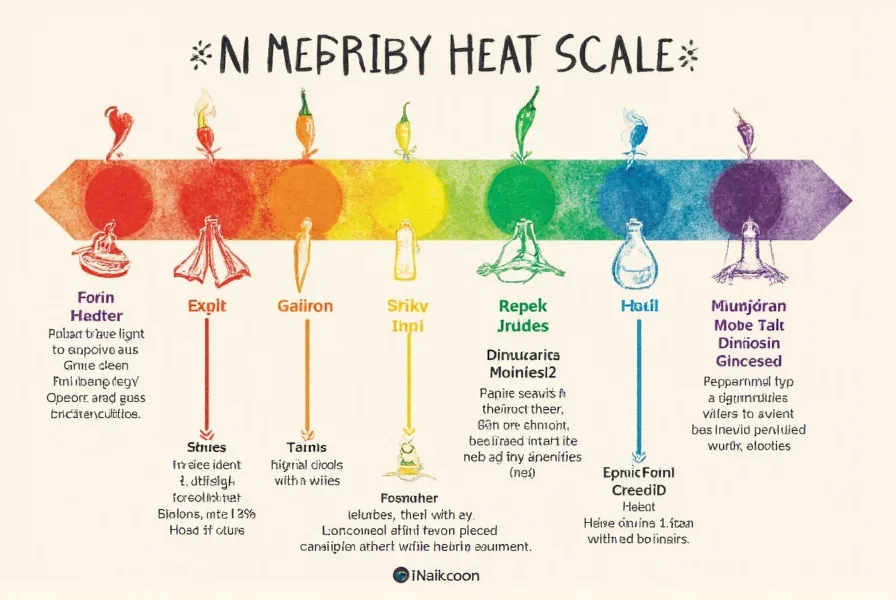
Frequently Asked Questions
What is the hottest pepper in the world currently?
As of 2025, the Carolina Reaper holds the official Guinness World Record as the hottest pepper in the world, with Scoville Heat Units ranging from 1.4 million to 2.2 million SHU. It was developed by Ed Currie of the PuckerButt Pepper Company in South Carolina and officially recognized in 2013.
How is pepper heat actually measured today?
While the original Scoville test involved human tasters diluting pepper extract until the heat was no longer detectable, modern measurements use High Performance Liquid Chromatography (HPLC). This scientific method precisely measures capsaicinoid concentration and then converts it to Scoville Heat Units through a mathematical formula, providing more accurate and consistent results.
Why do some extremely hot peppers have fruity flavors?
Many of the world's hottest peppers, like the Carolina Reaper and Habanero, contain volatile compounds that create complex flavor profiles beyond just heat. These compounds produce fruity, floral, or citrus notes that can be quite pleasant before the intense heat sets in. This contrast between sweet flavors and extreme heat is part of what makes super-hot peppers interesting to spice enthusiasts.
Can drinking water help if my mouth is burning from spicy food?
Water actually spreads the capsaicin around your mouth rather than neutralizing it. Dairy products like milk, yogurt, or sour cream work better because the casein protein binds to capsaicin and helps wash it away. Sugar, honey, or starchy foods like bread can also help absorb the capsaicin. Alcoholic beverages with higher proof can dissolve capsaicin effectively as well.
Does cooking affect how hot a pepper is?
Yes, cooking can change a pepper's heat level. Drying peppers typically concentrates the capsaicin, making them hotter. Cooking methods like roasting can mellow the heat slightly while enhancing flavor. Fermenting peppers (as in hot sauce production) can also alter the heat profile, sometimes making extremely hot peppers more complex and slightly less intense. The duration and temperature of cooking both impact the final heat level.
Can you build tolerance to spicy foods over time?
Absolutely. Regular consumption of spicy foods can increase your tolerance to capsaicin. This happens because repeated exposure temporarily desensitizes the TRPV1 receptors in your mouth that detect heat. Many people find that peppers that once seemed unbearably hot become enjoyable after gradually building up their tolerance over weeks or months of regular exposure to spicy foods.
Conclusion: Stay Cool, Stay Spicy
So, which pepper is hotter? The answer is clear: the Carolina Reaper reigns supreme as the world's hottest pepper. From the mild jalapeño to the legendary Carolina Reaper, each pepper brings its own flavor and heat profile. Whether you're experimenting in the kitchen or challenging yourself with the spiciest varieties, there's a pepper out there for every palate.
Remember, the key to enjoying spicy food is knowing your limits and having fun with it. With the right tools and knowledge, you can elevate your dishes and impress your friends—without burning your tongue!
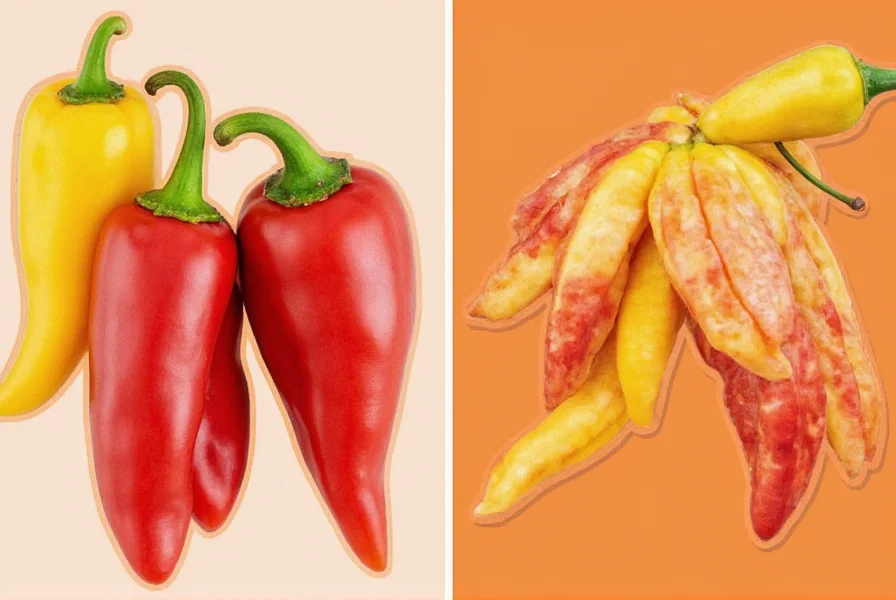

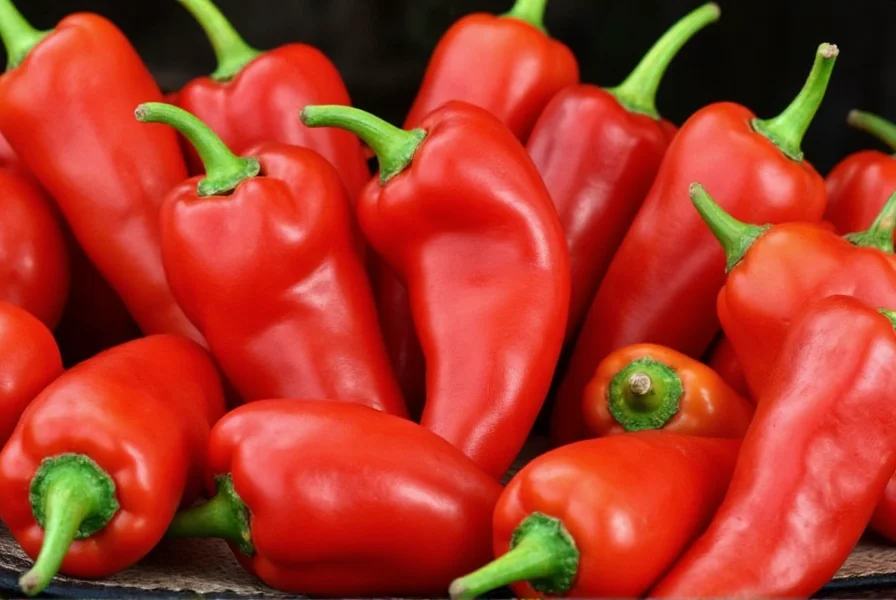









 浙公网安备
33010002000092号
浙公网安备
33010002000092号 浙B2-20120091-4
浙B2-20120091-4